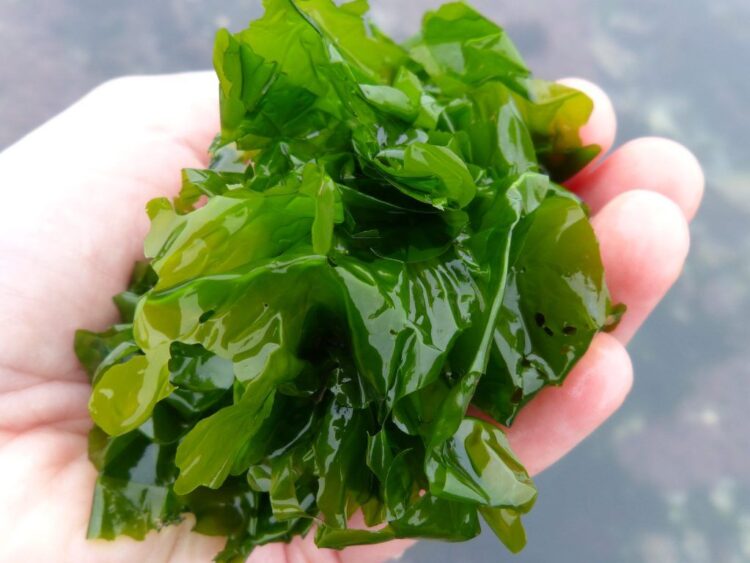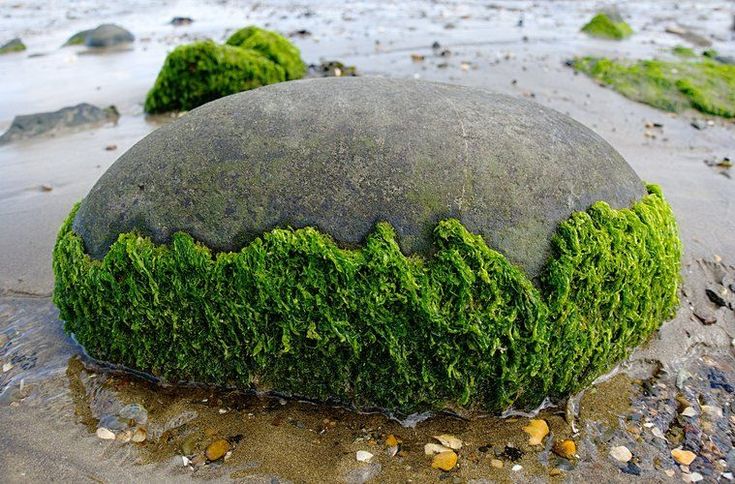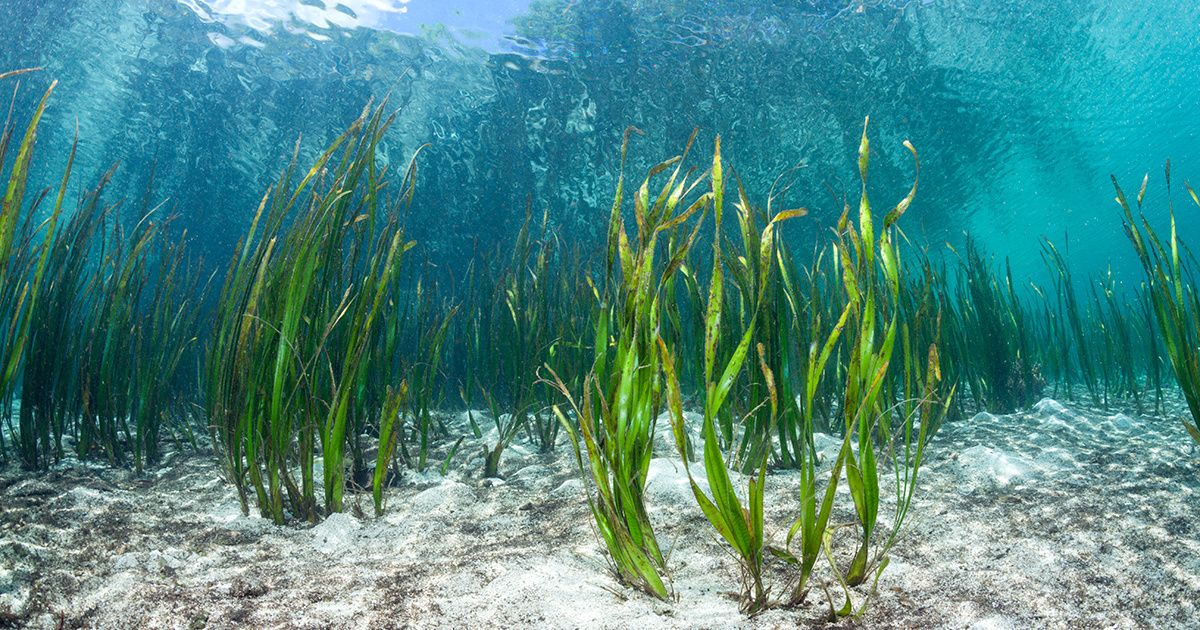Parkinson’s disease (PD) affects millions worldwide, characterized by the progressive loss of dopaminergic neurons in the brain. Symptoms include tremors, rigidity, bradykinesia, and postural instability, all of which severely impact quality of life. Conventional therapies, such as levodopa and deep brain stimulation, aim to manage symptoms but offer limited protection against neuron degeneration. In recent years, marine resources—particularly seaweed—have emerged as promising sources of neuroprotective agents. This article explores how seaweed-derived compounds could reshape Parkinson’s treatment, delving into mechanisms, evidence, and future prospects.
Understanding Parkinson’s Disease
Parkinson’s is a multifactorial disorder driven by a combination of genetic susceptibility, environmental factors, and cellular stressors. Key pathological hallmarks include:
A. α-Synuclein Aggregation: Misfolded α-synuclein proteins form Lewy bodies that disrupt neuronal function.
B. Oxidative Stress: Excessive free radicals damage cell membranes, proteins, and DNA.
C. Neuroinflammation: Activated microglia release pro-inflammatory cytokines, exacerbating neuronal injury.
D. Mitochondrial Dysfunction: Impaired energy production heightens vulnerability to toxins.
Current therapies focus largely on symptom relief and dopamine replacement. However, targeting upstream processes—oxidative damage, inflammation, and protein misfolding—could slow or halt progression rather than merely mitigating symptoms.
Seaweed: A Marine Treasure Trove
Seaweeds, or macroalgae, occupy coastal ecosystems worldwide and serve as rich repositories of bioactive molecules. Depending on species, seaweed biomass contains:
-
Polysaccharides (e.g., fucoidan, laminarin, alginate)
-
Phlorotannins (polyphenolic antioxidants unique to brown algae)
-
Carotenoids (e.g., fucoxanthin)
-
Peptides and proteins
-
Essential minerals and vitamins
These compounds exhibit diverse biological activities—antioxidant, anti-inflammatory, immunomodulatory, and neuroprotective—that align with the needs of Parkinson’s therapy.
Key Bioactive Compounds in Seaweed
1. Fucoidan
Fucoidan is a sulfated polysaccharide abundant in brown seaweed (e.g., Fucus vesiculosus, Laminaria japonica). Research indicates:
-
Antioxidant Defense: Scavenges reactive oxygen species and upregulates endogenous defenses (glutathione, superoxide dismutase).
-
Anti‑inflammatory Action: Inhibits NF‑κB signaling, reducing pro‑inflammatory cytokine release.
-
Anti‑Apoptotic Effects: Modulates Bcl‑2 family proteins, promoting neuronal survival.
2. Phlorotannins
Unique to brown algae, phlorotannins (e.g., dieckol, eckol) show:
-
Cholinesterase Inhibition: Potentially enhances cholinergic function and slows neurodegeneration.
-
Metal Chelation: Binds iron and copper ions that catalyze free radical generation.
-
MAO‑B Inhibition: May complement or reduce reliance on conventional MAO‑B inhibitors.
3. Fucoxanthin
A carotenoid responsible for brown seaweed’s color, fucoxanthin exhibits:
-
Neuroprotective Activity: Shields neurons from hydrogen peroxide–induced apoptosis.
-
Mitochondrial Support: Preserves membrane potential and ATP production.
Mechanisms of Neuroprotection
Seaweed compounds may target Parkinson’s pathology through:
-
Oxidative Stress Mitigation
A. Direct scavenging of reactive oxygen species
B. Upregulation of antioxidant enzymes
C. Metal ion chelation to prevent radical formation -
Inflammatory Pathway Modulation
A. Suppression of microglial activation
B. Downregulation of pro‑inflammatory cytokines (TNF‑α, IL‑1β)
C. Inhibition of COX‑2 and iNOS expression -
Protein Homeostasis and Aggregation Control
A. Prevention of α‑synuclein fibrillation
B. Enhancement of autophagic clearance
C. Stabilization of proteasomal function -
Mitochondrial Health
A. Preservation of mitochondrial membrane potential
B. Restoration of ATP levels
C. Reduction of mitochondrial ROS generation
Preclinical Evidence
In Vitro Studies
Multiple cell‐culture experiments demonstrate that seaweed extracts can:
-
Protect SH‑SY5Y neuroblastoma cells from 6‑OHDA–induced toxicity.
-
Decrease α‑synuclein aggregation in transfected neuronal lines.
-
Reduce microglial release of inflammatory mediators when co‑cultured with neuronal cells.
Animal Models
Rodent studies employing MPTP or rotenone as Parkinson’s inducers report that supplementation with seaweed fractions leads to:
A. Behavioral Improvement: Enhanced motor coordination and gait.
B. Biochemical Restoration: Increased striatal dopamine levels and tyrosine hydroxylase expression.
C. Histological Preservation: Higher counts of surviving dopaminergic neurons in the substantia nigra.
Clinical Perspectives
Although human trials remain scarce, early-phase studies are underway:
-
Safety and Tolerability: Pilot trials confirm that high‐molecular‐weight fucoidan is well tolerated in healthy volunteers.
-
Pharmacokinetics: Oral absorption of key polysaccharides and polyphenols shows promise but requires optimization (e.g., nanoencapsulation).
-
Combination Strategies: Synergistic formulations pairing seaweed compounds with traditional medications could enhance efficacy and reduce dosages.
Challenges and Considerations
Implementing seaweed-based therapies in clinical practice involves overcoming:
-
Standardization and Quality Control
A. Variability in bioactive content due to species, season, and geography
B. Need for GMP-certified extraction and purification -
Bioavailability
A. Poor gastrointestinal uptake of large polysaccharides
B. Potential solutions: nanoparticle carriers, enzymatic pretreatment -
Safety and Interactions
A. Risk of anticoagulant effects at high doses of sulfated polysaccharides
B. Assessment of interactions with dopaminergic drugs -
Regulatory Pathways
A. Classification as dietary supplements versus pharmaceuticals
B. Clinical trial design for demonstrating disease‐modifying effects
Future Directions
To accelerate translation from bench to bedside, research should focus on:
A. Advanced Formulations: Liposomes, nanoparticles, and co‐delivery systems.
B. Mechanistic Elucidation: Omics approaches to map molecular targets.
C. Large‐Scale Cultivation: Sustainable aquaculture of high‐yield seaweed species.
D. Rigorous Clinical Trials: Double‐blind, placebo‐controlled studies in early PD patients.
Conclusion
Seaweed, once regarded merely as marine vegetation, presents a spectrum of bioactive molecules with the capacity to address core mechanisms of Parkinson’s disease. From antioxidant polysaccharides to neuroprotective polyphenols, the compounds within seaweeds offer multi‐targeted strategies against neuronal degeneration. While challenges in formulation, standardization, and clinical validation remain, the convergence of marine biotechnology and neuroscience holds the promise of novel, disease‑modifying therapies for Parkinson’s patients. Continued investment in research, aquaculture, and clinical development could soon make seaweed‑derived treatments an integral part of Parkinson’s care.








